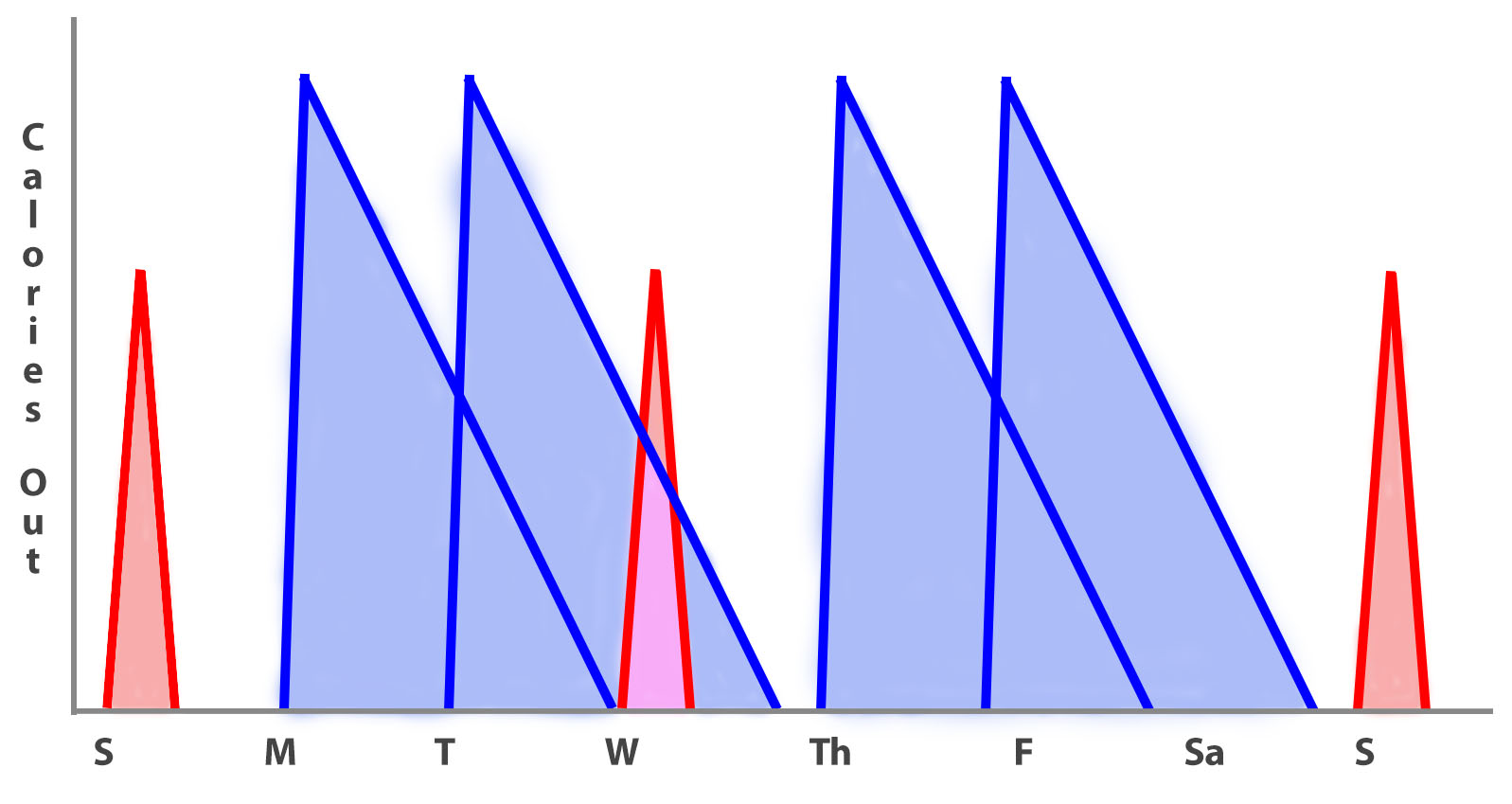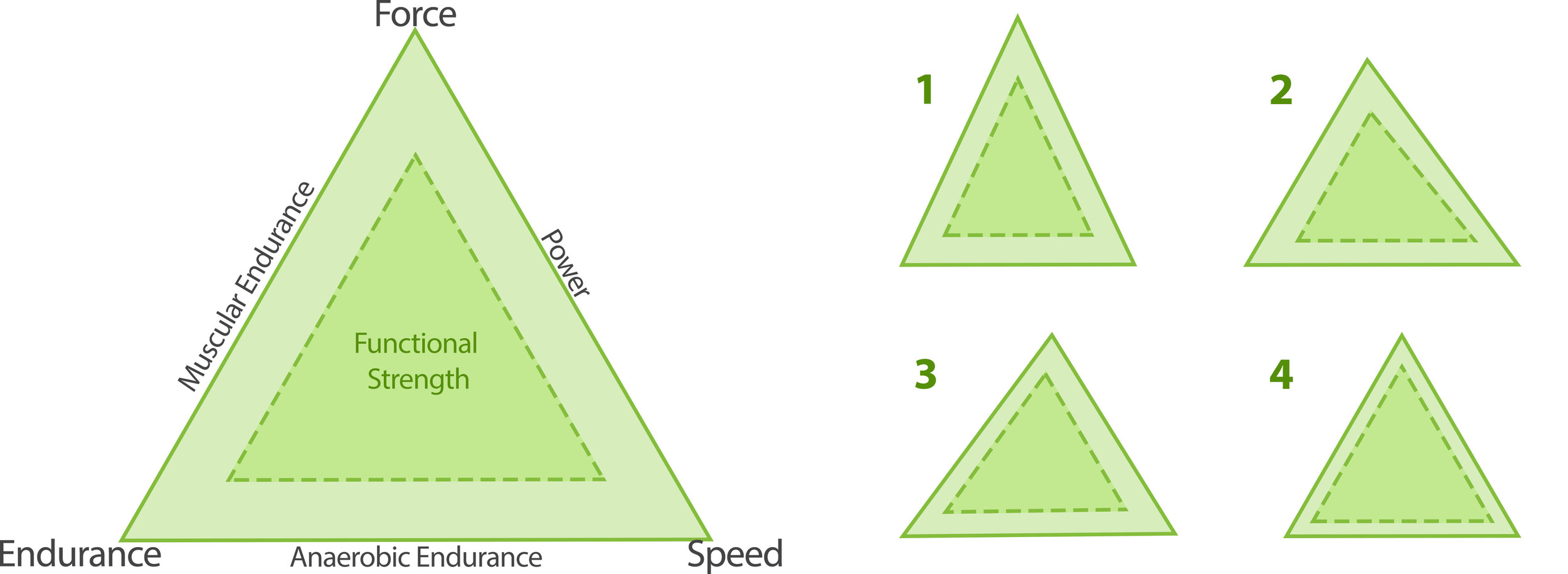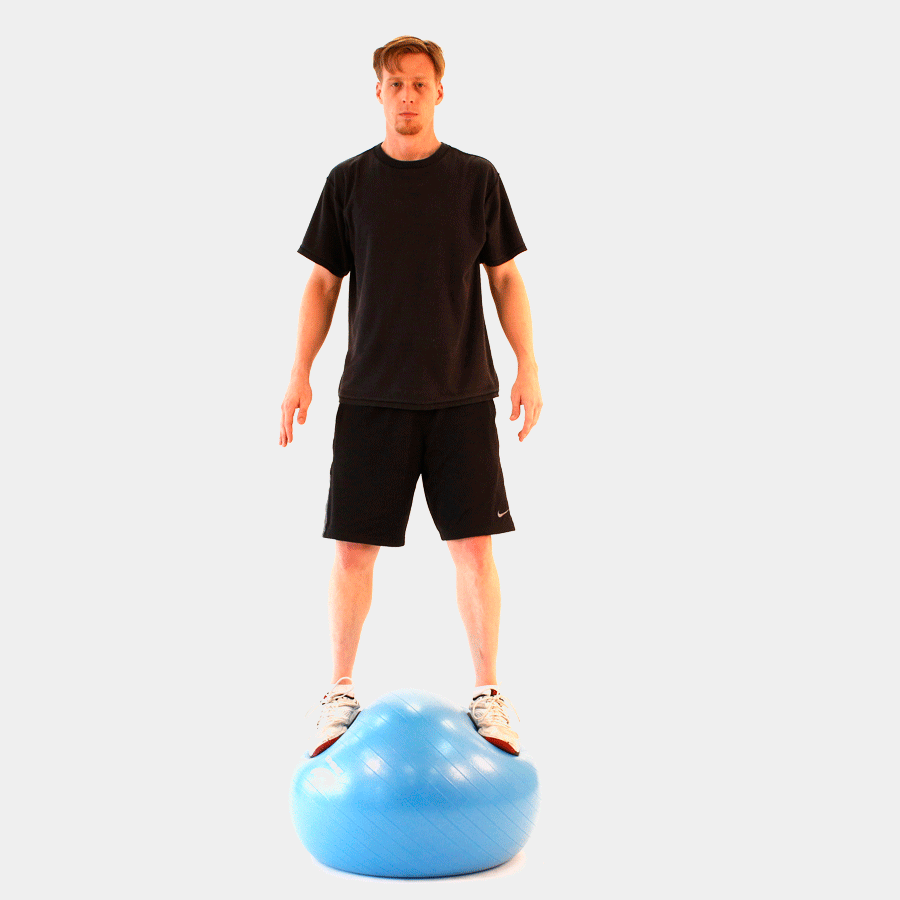The fitness assessment is a tough art. Most times, you have an hour to build rapport and history, measure, plan and sell to your potential client, who may or may not know what to expect from the process. Hopefully, if you have time, you also try to educate the assessee so they have a better understanding of the measurements, plan and ultimately, value of your services. Even if you don’t sell them the first time, if you leave them with some knowledge that proves true as they start out on their own you have built trust for them to come back when they realize they need your help.
In some ways this blog complements another one that I wrote on how to take a long term approach to the sale of fitness support and how the assessment plays a part in that. The focus here though is on how to fit some educational steps naturally into the course of an assessment and how that can help make the sale in the short and long term.
BEFORE THE ASSESSMENT
The very first step of an assessment is when it is booked and it is very important that whoever is responsible for this does a good job of managing the potential client’s expectations. Disclaimer: I am assuming here that you are a reasonable trainer who actually treats the assessment as a fitness assessment and planning session and not just a sales pitch. That being said, it is important to explain that the point of the assessment is to measure their fitness level, then use that and their history to set goals and make a reasonable long term plan to achieve them. It is also important to tell them up front that part of the conversation will also be about selling them personal training based on how much or little help they will need to reach their goals (and mean it!).
Another good way to both speed up the assessment process and slide a little pre-assessment education in is with a questionnaire for them to fill out. You all should know the relevant fitness and health questions to ask in addition to the PAR-Q and waiver, but can also include some education about the assessment and planning process, or even pricing and benefits of training help (framed in the right way). Tech-savvy trainers could easily use Google forms with links to a blog or social channels to achieve this more effectively and in a way to have a digital record.
DURING THE ASSESSMENT
Hopefully you have had a chance to drop some of this knowledge in a pre-assessment blog post they have read, but if not, here are a few key points to communicate and the best time to do it.
The Long Term Approach
This is one you want to get to early in the assessment in order to set the tone for what your job is and their own expectations for the pace of results: the only effective and sustainable way to make changes to an individual's body and fitness is by taking a proper long term approach. Not only is it true, it also helps you build value in a few ways:
The need for a properly phased plan, adapting based on results
Why a strength program is essential to most fitness goals
Performing reassessments and interpreting results
Dealing with setbacks or injuries
There are very few non-fitness professionals who are capable of executing the above on their own, no matter how many apps and YouTube channels are in the market (some would argue many actual fitness professionals also struggle with this).
Understanding Metabolism
One of the first steps of the assessment is weighing the individual and measuring body fat %. While this is usually the part of the assessment people know about and dread the most, it is also where most preliminary goals are set. Whether they are about losing weight or ‘toning up’, it is all related to body composition. This is often a huge missed opportunity for trainers to build their value and educate; not to mention laying the groundwork for the planning portion of the assessment.
After getting weight and body fat %, it is a good idea to calculate fat mass, lean mass, BMR and AMR for the potential client. If you are not sure how to do it, you can use our spreadsheet here or we do the same automatically when you do an assessment in Trainer+. Once you have those numbers, you can also calculate some goal numbers with an appropriate change to body fat % (most importantly) and corresponding change in weight. With the current and goal calculations, the explanation and education goes like this (I’ve oversimplified these explanations to help with framing for your clients):
1. Start with an explanation of what each number is:
a) Body fat % is the proportion of your body composition that is fatFat mass is the amount of fat, in lbs, in your body
b) AMR is an estimation of the amount of calories you will burn on a daily basis based on your activity level and BMR (multiplied together). This is the estimated ‘calories out’.
c) Activity Rate is the amount of type of activity that you do on a daily basis. Emphasize that the type of activity is very important, as some are more effective than others at burning calories (more below).
d) BMR is the amount of calories your body will burn if you do no activity (literally stay in one spot and don’t move) in a day. It is the minimum amount of calories your body needs to function for a day properly.
e) Lean mass is the amount of everything else (muscle, ligaments, skin, bone, organs, hair)
2. Tell them that while most people understand that ‘calories in less than calories out’ is good, most people don’t understand what actually goes into the ‘calories out’ side of the equation. Looking at these numbers, there is really two things that dictate your calories out:
a) Your amount of lean mass, composed of everything but fat, but where muscle mass is the most important factor in driving your metabolism and impacting the BMR.
b) Your activity level in terms of the amount and type of activity done on a daily basis which is a multiplier of BMR.
3. Explain why body fat % is a much more important measurement to focus on than weight on the scale. You should be able to show how increasing lean mass actually helps burn fat in the long run, so there is such a thing as gaining good weight.
4. This is also an opportunity to manage their long term expectations by explaining that everyone’s body reacts differently to training and that is why it is important to focus on these numbers over the long term to find the right plan to get results.
5. Activity rate can be a little vague, but obviously the more frequently you do higher intensity activity, the higher this rate will be. Explain that the type of activity will have different effects on metabolic rate, with activities that are anaerobic (like strength training and HIIT) having a longer recovery period with cells working for up to 48 hours to recover, and a resulting effect on metabolic rate. I usually draw a crude chart like the one below to show the difference between steady state cardio (in red) and strength training (in blue).
Metabolism Chart
When you show it visually like this, it is a lot more convincing, especially to that client that thinks just 3 days on the elliptical each week and eating more vegetables should get them to their goals. This also shows a balanced 6 day a week program as an example of the high end of the activity rate scale (assuming a proper split, with at least 48 hours recovery from strength days, other activities like cardio, yoga and/or core on non-strength days, and one day of rest for recovery).
6. Ultimately, all of this should lead you to reinforcing all of the points made earlier about a long term approach:
a) Properly phased plan
b) Need for strength training
c) Reassessments
d) Dealing with setbacks
This may seem like a lot of information to dump, and they probably will not retain all of it, but as long as they understand the larger points and that the numbers have a real effect on their results, it is a good start. It is also important to lay this foundation earlier in the assessment, so the SMART goals can be set with the potential client, instead of for them.
What Each Measurement Means
Whatever your list of testing protocols is, you need to explain what each test or measurement is and what it is for. Whether people have had an assessment before or not, they are expecting to be pushed in their fitness assessment, with some even believing the point of the assessment is to show them how out of shape they are and how much they need your help (a tactic of bad trainers and assessors). For each protocol you should be able to explain:
How the measurement is taken
What it says about their current fitness level
What improvements to the measurement would mean, and how to achieve it.
If you don’t have a good explanation, maybe you don’t need that testing protocol in your assessment!
Phasing and Types of Strength Training
This education usually comes in the planning portion of the assessment to help lay out the phases to goal. It should go without saying that you are planning to long term goals, using the measurements obtained and science for proper timelines and programming.
It starts by explaining that the body is an adaptive machine and that in order to get it to make changes, it needs to be pushed in different ways to force those adaptations. In that vein, the body will also adapt over time to handle how it is being pushed, and any program needs to switch every 4-6 weeks at most, to avoid plateauing. The law of diminishing returns applies in the human body as well (my banking clients used to love this line). Depending on the level of experience and existing fitness knowledge, you can vary how detailed a plan and explanation you give:
Basic Phasing
For potential clients who are completely new to fitness, an explanation of the Adaptation, Build, Burn and Maintenance are a good starting point for them to get some understanding of how a program needs to change over time (assuming weight loss or toning is the goal). You can tell them the following:
- Adaptation - ‘getting your body adjusted to exercising. This is a phase to help start addressing imbalances, strengthening core and getting used to lifting weights, not working so hard you can’t walk the next day’.
- Build - ‘building your capacity for work. This phase focuses on increasing cardiovascular and strength levels by pushing your body and increasing the workload over time. With that, lean mass should also increase with a corresponding increase to BMR and AMR.’
- Burn - ‘Once you have the capacity, and metabolic rate is increased, it’s time to work. The mistake that most people make is jumping directly to this phase and while they get some results in the short term, they plateau or injure themselves without having laid a better foundation.’
- Maintenance/New Goals - ‘Once the preliminary goals have been achieved, it is time to either find a proper maintenance program or set new goals. This is the goal of any client as it means lifestyle change has been achieved.’
Advanced Phasing
For other clients who are more experienced or have goals that are beyond weight loss/toning (especially those based around performance), a more advanced plan is going to be required. This is when you can explain how different types of training will elicit a different adaptive response from the body (Hypertrophy, Max, Power, Strength, Endurance, Functional, etc) . I used to say ‘it is more complicated than lift heavy low reps get big, lift lighter high reps get toned’ and point out that once a program is laid out, it needs to vary the focus from phase to phase through one or a combination of increases/decreases in:
- Reps/sets
- Time under tension
- Stability/functionality
- Tempo
Emphasize that any program with a consistent rep/set range and exercises (whether 5x5 or some form of pyramid) will ultimately hit diminishing returns at some point.
I like to use a modified version of Tudor Bompa’s triangle to explain how different focuses will change overall capacity, with an additional triangle drawn inside to represent functional capacity. I find the visual representation of capacity along with showing how different focuses change it to be a very effective way to communicate this.
Modified Tudor Bompa Triangle
Examples from the above:
A max strength phase will increase Force or the top of the pyramid
A hypertrophy phase will increase Muscular Endurance and overall strength
A power phase will increase the capacity on that side of the triangle for moving a load at speed
A functional phase will help increase the amount of functional capacity (inner triangle)
In either case, some explanation of why and how a program needs to change over time is both a good educational tool, and a good way to demonstrate that you have the knowledge to help them with these adaptations over time should they buy training support.
AFTER THE ASSESSMENT
All of the assessment education is wasted if there is not the proper follow up after the assessment to reinforce what you taught and continue to check on progress. Most of this should be natural to do already, but has even more impact if that foundation has been laid:
Check In
Sure, you will see them in the gym and ask them how it is going in an informal fashion, but you should have some specific things to check up on that came up in the assessment. Ask them if they need to be shown a specific exercise you talked about, or see if they have made some of the small changes or goals that were set. Whatever you do, going beyond ‘How’s it going?’ will also provide some loose accountability that you are paying attention. If you aren’t very good at remembering this and doing it naturally, set up a process like highlighting a few things on the assessment, then just emailing them one week later to follow up on those things.
Reassessments
If you have done your job right, but have not sold training initially, the value of a reassessment should be clear and you should book it at the end of the initial one. This gives you a chance to check in on their progress and reinforce all of the lessons from the first assessment. If they’re doing well on their own, great, they probably don’t need your help right now. But most likely, they have not executed the plan properly or seen the results they should have and this gives you a chance to build your value in:
- Laying out the next phases of their plan and adjusting based on ongoing feedback
- Interpreting reassessment results to understand progress and adjust accordingly
- Holding them accountable and supporting them in multiple areas that affect their results
- Pushing them beyond how hard they push themselves (motivation)
- See them develop long term change (fad > habit > routine > lifestyle change)
CONCLUSION
Now that sure seems like a lot to fit into one fitness assessment (which is why I suggest a 1.5h or 2 x 45m assessments), but it becomes a natural course of conversation over time and is more efficient with some tools to help calculate, capture and convey information. You don’t have to take my words verbatim (I’m sure you have your own methods and ways of explaining things to potential clients), but the core of what needs to be explained should be there.
If you’re a fitness professional who read this and don’t know how to do these things, don’t worry, that’s what we’re here for (self plug!). If anything I’ve realized from writing these blogs and talking to trainers in building Trainer+ is that trainers need more tools to make their jobs easier. We’re here to help with:
More blog content covering different aspects of the assessment and follow up
Our tools section in our website which includes an assessment calculator, follow up sheet and workout planning template
Assessment and follow up features now in Trainer+ (launched August 2)
Upcoming webinars on our YouTube channel covering both how to use Trainer+ and how to assess and sell using the tool (and the sales approach in these blogs)
If you’re a fitness professional who read this and disagreed with the explanations or methodology, we would love to hear from you (info@trainerpl.us). While some of this is oversimplified and some of the numbers calculated are estimates, it is an effective way to assess, set goals, plan, sell and educate all based in science. Already complicated enough, your job is to simplify it into ways they understand without misleading or using Bro Science to help you sell.
Look forward to:
more blogs here (using Google sheets for pre-assessment, planning using an assessment tool)
upcoming additions to our assessment feature to add more goals, planning and follow up
webinars and videos on YouTube
About the Author: Nick Corneil is the founder of Trainer+, a company that builds software that makes it easy for fitness professionals to create, share, track and analyze fitness programs for their clients. For more information, sign up here or check out our homepage.








